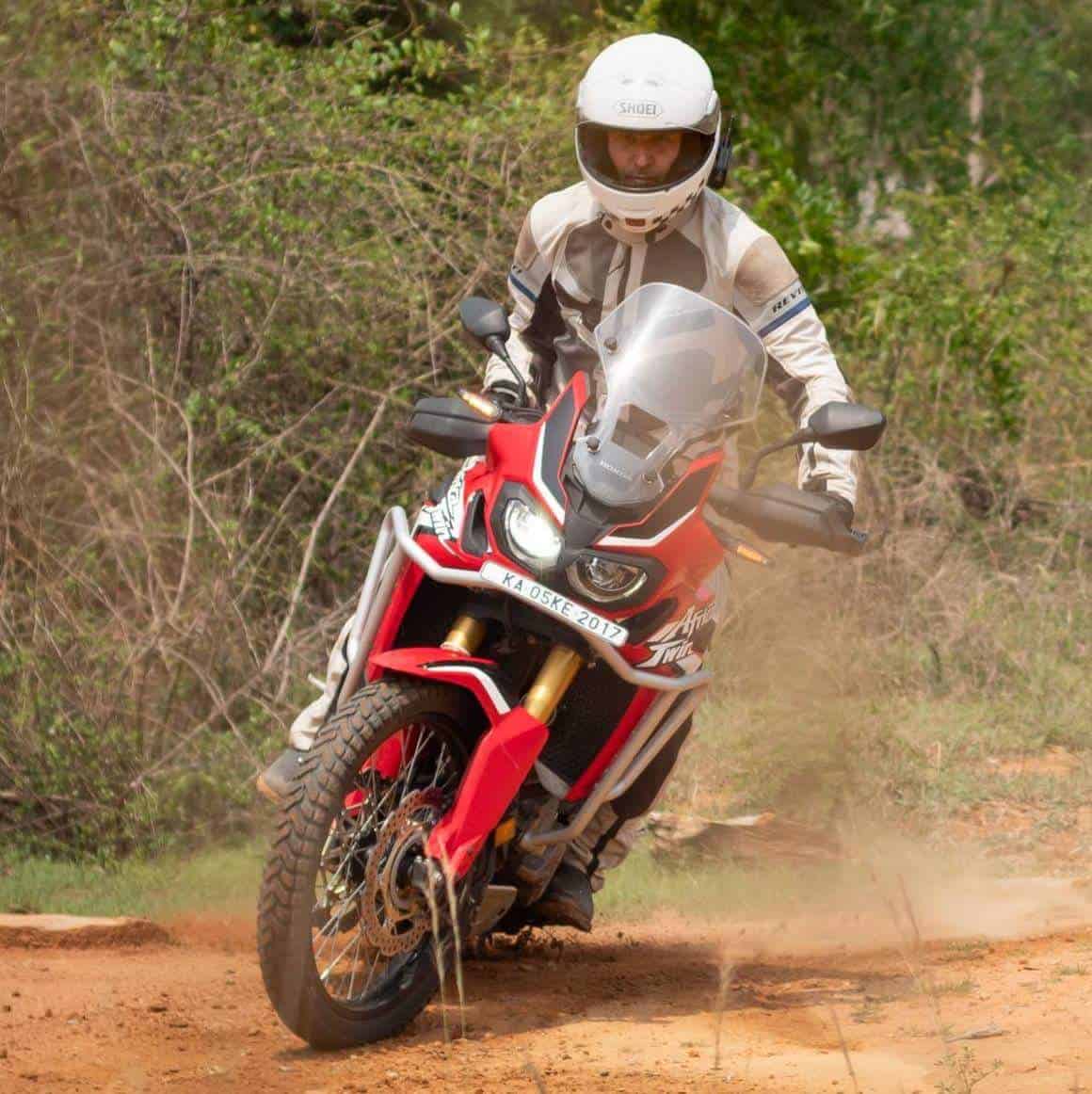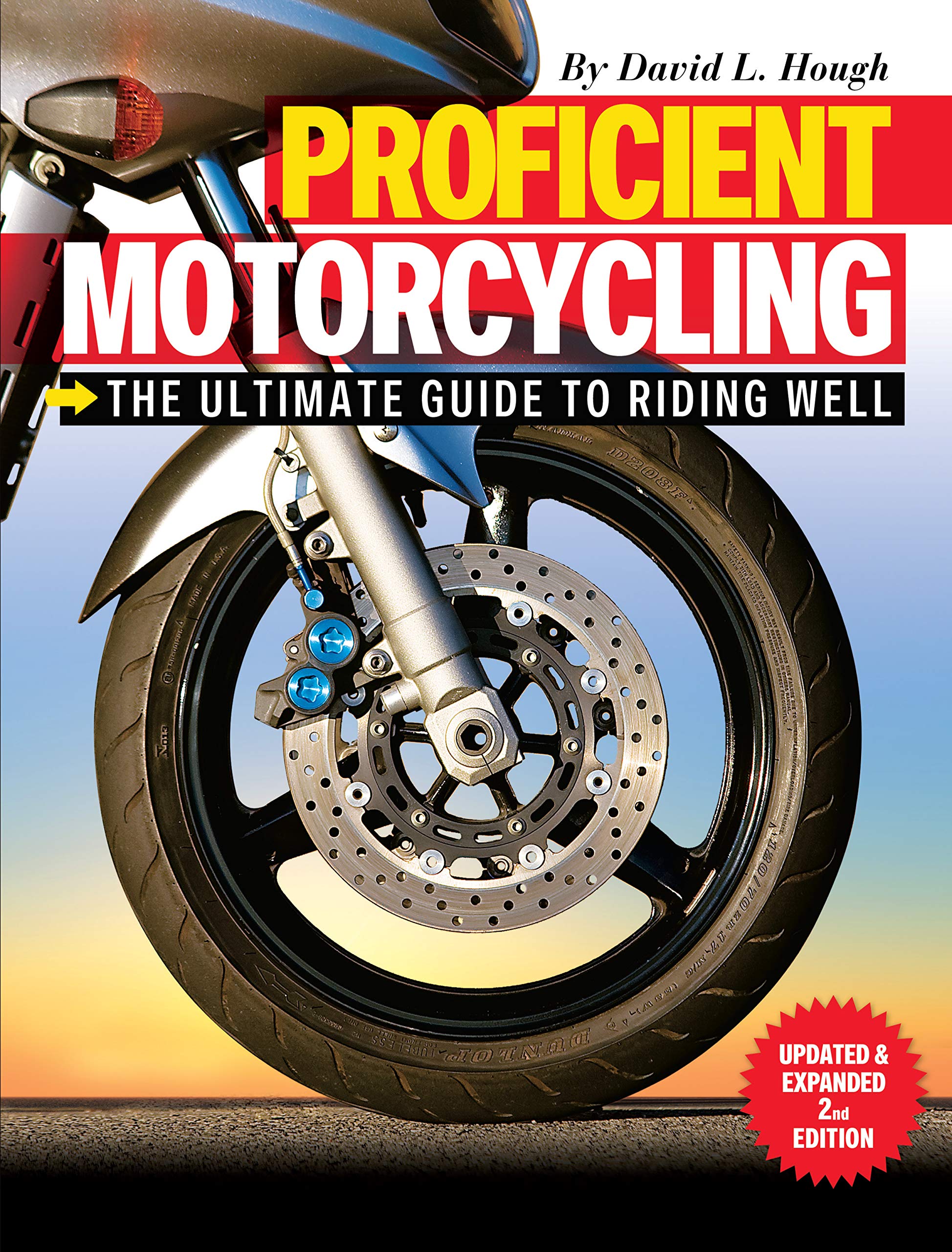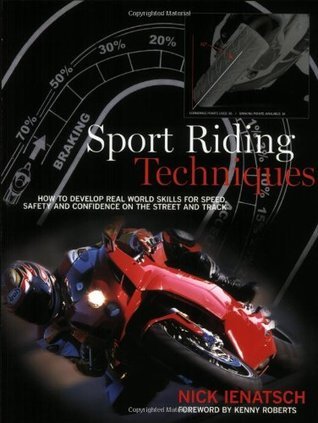Advanced Techniques for Experienced Riders

Riding is a skill that evolves continuously, especially for those who have mastered the basics and are looking to push their limits. This article explores advanced techniques that experienced riders can adopt to enhance their performance, safety, and enjoyment.
Table of Contents

- Precision Cornering
- Advanced Braking Techniques
- Body Positioning and Balance
- Trail Riding Skills
- Mental Focus and Visualization
- Equipment and Maintenance Tips
- Frequently Asked Questions (FAQ)
1. Precision Cornering
Precision cornering is essential for maintaining speed and control through curves. Experienced riders use techniques such as:
- Line Selection: Choosing the optimal path through a corner to maximize traction and minimize lean angle.
- Throttle Control: Smoothly modulating the throttle to maintain stability.
- Counter Steering: Applying pressure on the handlebars in the opposite direction of the turn to initiate lean.
Tips for Improvement
| Tip | Description |
|---|
| Look Through the Turn | Focus your eyes on the exit of the corner to anticipate the path.
| Smooth Inputs | Avoid abrupt movements on throttle and brakes.
| Body Positioning | Shift your weight to the inside of the turn.
2. Advanced Braking Techniques
Mastering braking can drastically improve safety and lap times.
- Trail Braking: Gradually releasing the brake while entering a corner to maintain front tire grip.
- Threshold Braking: Applying maximum brake force without locking the wheels.
- Rear Brake Usage: Using the rear brake to stabilize the bike during deceleration.
3. Body Positioning and Balance
Proper body positioning enhances control and reduces fatigue.
- Neutral Position: Keeping a relaxed posture on straightaways.
- Aggressive Position: Leaning forward and tucking in during high-speed sections.
- Counterbalance: Using body weight to counteract bike lean in turns.
4. Trail Riding Skills
For off-road enthusiasts, advanced trail riding involves:
- Navigating obstacles like rocks and roots.
- Maintaining momentum on uneven terrain.
- Using body movements to absorb shocks.
5. Mental Focus and Visualization
Mental preparation is as crucial as physical skill.
- Visualization: Mentally rehearsing rides to improve confidence.
- Focus Techniques: Using breathing and mindfulness to stay calm.
6. Equipment and Maintenance Tips
Keeping your bike in top condition supports advanced riding.
- Regularly check tire pressure and tread.
- Maintain brake systems and suspension.
- Use high-quality lubricants and parts.
7. Frequently Asked Questions (FAQ)
Q1: How can I improve my cornering speed?
A: Practice line selection and throttle control, and focus on looking through the turn.
Q2: What is trail braking and why is it important?
A: Trail braking involves gradually releasing the brake while entering a corner, helping maintain front tire grip and control.
Q3: How do I maintain balance on rough trails?
A: Use your body to absorb shocks and keep a flexible posture to adapt to terrain changes.
By incorporating these advanced techniques, experienced riders can elevate their skills, ride more safely, and enjoy their time on the bike even more. Remember, continuous practice and mindful riding are key to mastery.
